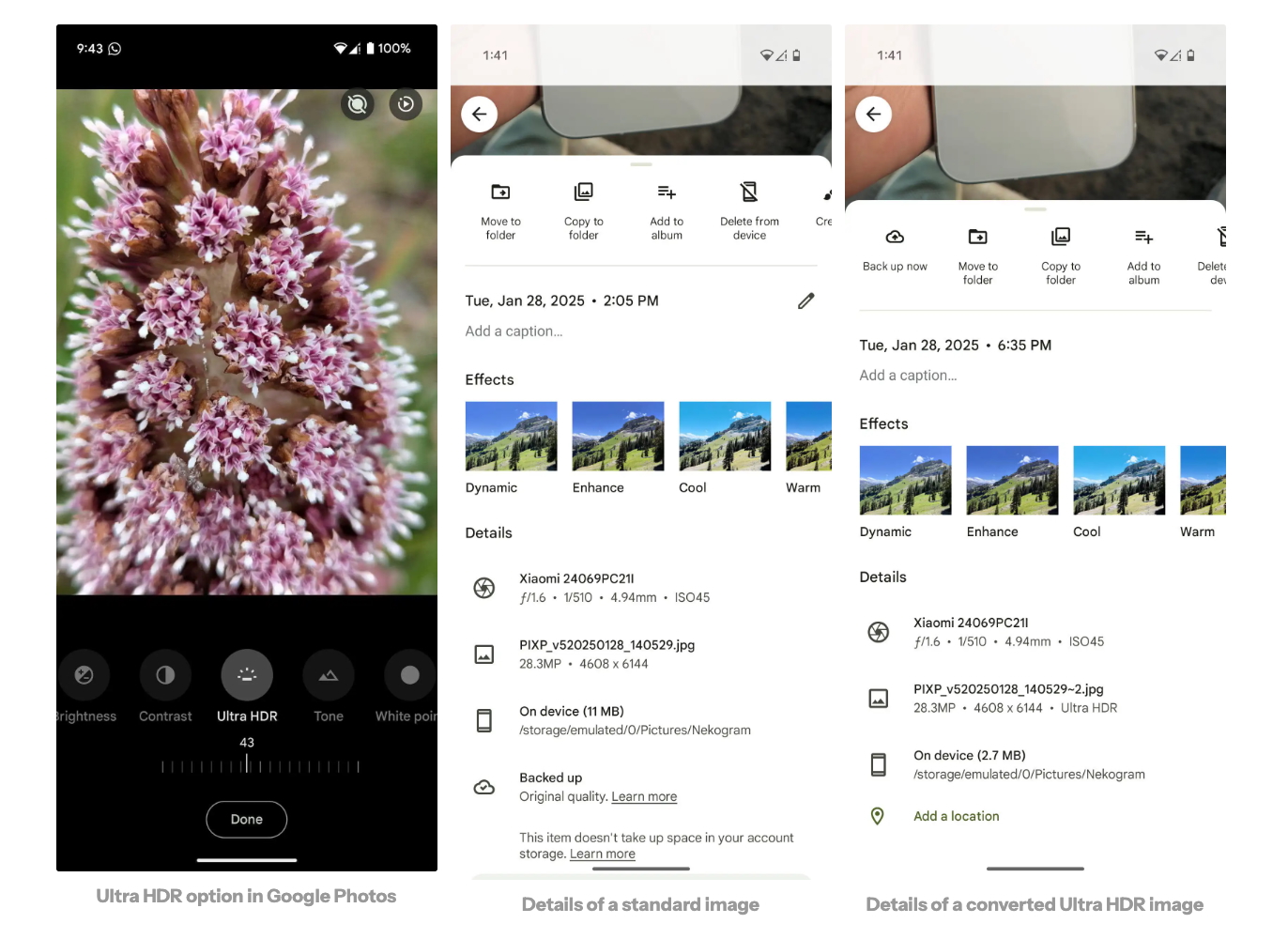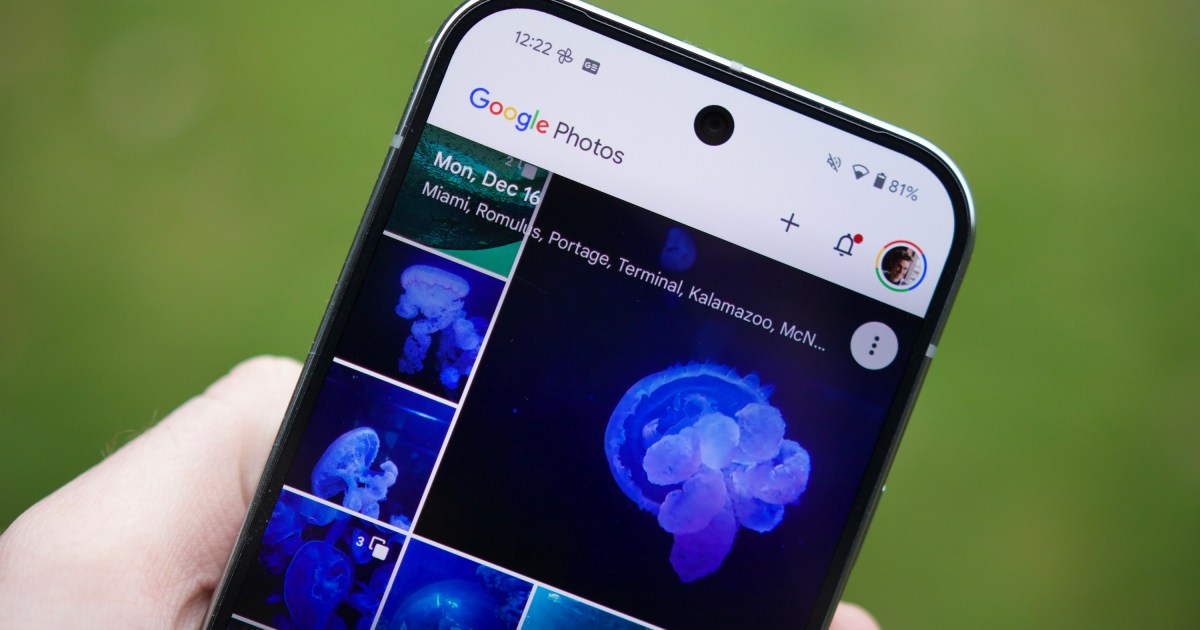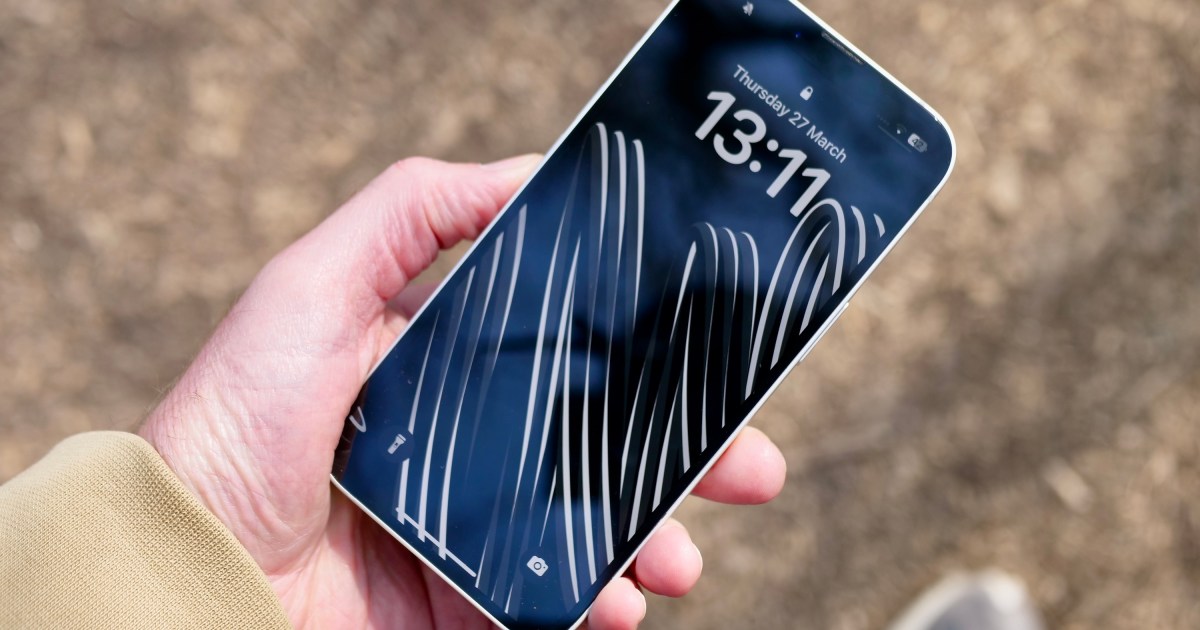Google Photos has begun rolling out a new “Ultra HDR” feature that transforms standard photos into richer, more vibrant images on compatible displays. This feature leverages High Dynamic Range (HDR) technology, which captures a broader spectrum of brightness levels, resulting in photos with enhanced detail and a wider color gamut.
While not yet universally available, the Ultra HDR option is gradually appearing for select Google Photos users, as reported by Android Authority. To fully appreciate the benefits of Ultra HDR, viewing the enhanced photos on an HDR-compatible display is essential. Many modern smartphones, such as the Google Pixel 9a, Samsung Galaxy S25, and OnePlus 13R, boast HDR displays, allowing users to experience the upgraded image quality directly on their devices. Even if your current display doesn’t support HDR, you can still convert your photos and enjoy the enhanced visuals on an HDR-enabled screen later.
To determine if you have access to this new feature, ensure your Google Photos app is updated to version 7.24.0.747539053 or later. The Ultra HDR option should be located within the “Adjust” menu, alongside the contrast, brightness, and tone sliders. If you see “HDR Effect” instead, you haven’t received the update yet. This older effect, while bearing the “HDR” label, primarily adjusts brightness and shadows to mimic an HDR look, leaving the underlying photo in Standard Dynamic Range (SDR).
 Google Photos HDR feature.
Google Photos HDR feature.
The new Ultra HDR feature operates differently. It appends a “gain map” to the photo, containing supplementary brightness information that HDR displays utilize to expand the dynamic range. For a visual comparison of the difference, Android Authority has provided before-and-after images on GitHub, showcasing the enhanced detail and color range achievable with Ultra HDR.
It’s important to note that this process differs from capturing a photo natively in HDR mode. Traditional HDR photography involves taking multiple shots at varying exposures and merging them. Therefore, Google’s Ultra HDR isn’t creating a true HDR image from scratch, but rather enhancing an existing image with additional data to optimize its presentation on HDR displays.
The precise method Google employs to generate the gain map data remains undisclosed, as does the full impact of this conversion on photo quality. As a precaution, it’s advisable to duplicate your images before applying Ultra HDR to preserve the originals.
While offering an exciting way to enhance existing photos, Google’s Ultra HDR is distinct from native HDR capture. It leverages innovative gain map technology to provide a richer visual experience on HDR-compatible screens, bridging the gap between SDR and HDR photography.










